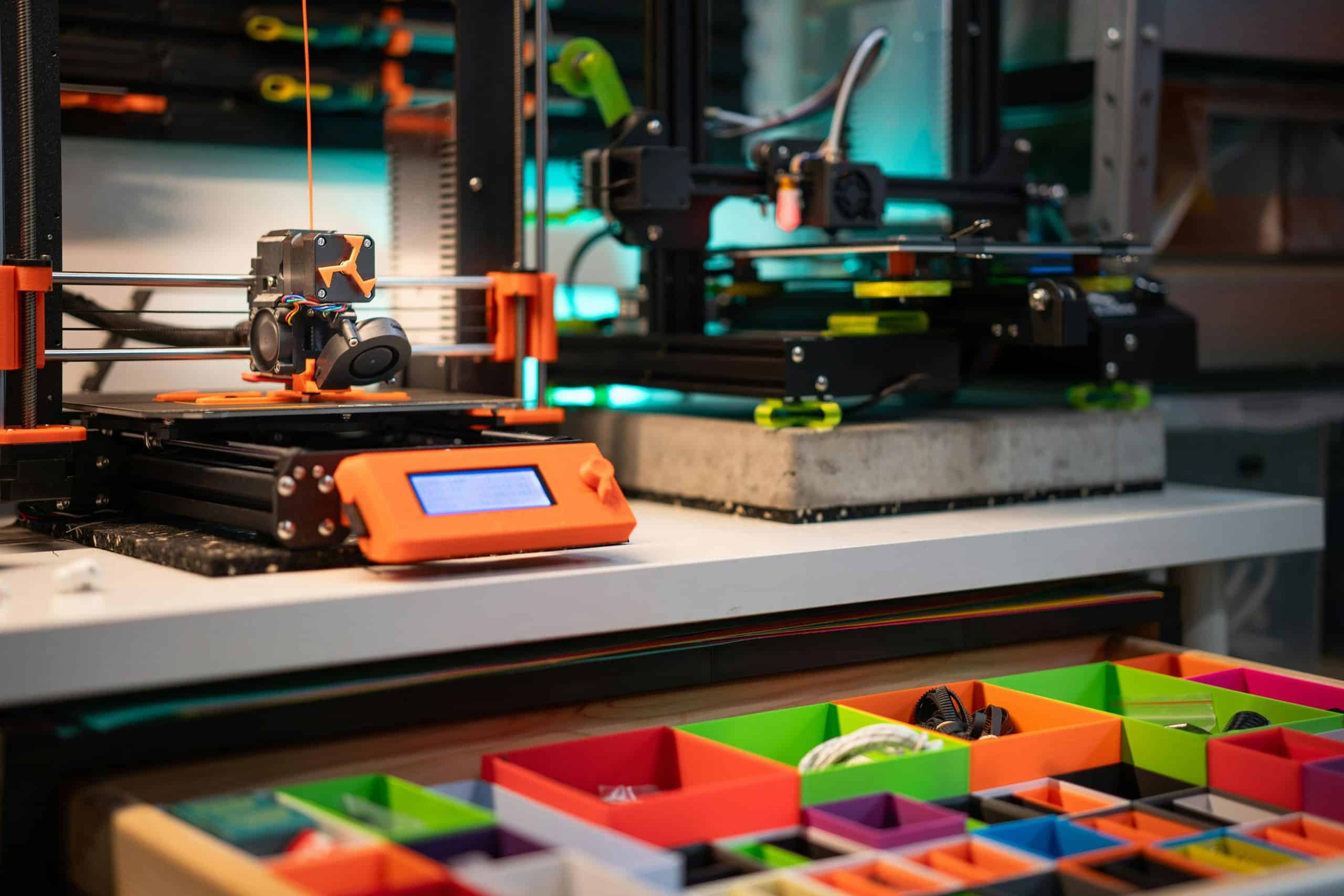What Are the Breakthroughs in Customizable 3D Printed Orthopedic Implants?

Orthopedic implants have long been a standard solution for patients who require corrective or replacement surgery for bones and joints. Traditional manufacturing processes have often limited the adaptability and customization of these implants, leading to less-than-optimal results for individuals with specific medical needs or unique physical structures. However, the advent of 3D printing technology has brought about a revolutionary change in the field of medical implants. By leveraging advanced materials and precision design capabilities, 3D printed orthopedic implants are now offering improved outcomes for patients. Let’s explore the breakthroughs that this technology has facilitated.
Revolutionizing Implant Design with Personalized Precision
3D printing technology, also known as additive manufacturing, is transforming how orthopedic implants are designed. This process involves layering materials to create a three-dimensional object from a digital model. For orthopedic implants, this technology allows for a high degree of customization to cater to the specific needs of each patient.
A voir aussi : How Are Smart Wind Turbines Using AI to Optimize Energy Production?
Traditionally, implants have been mass-produced, with a one-size-fits-all approach. However, every patient’s body is unique, which can lead to complications or discomfort with standard implants. With 3D printing, orthopedic surgeons can now design implants tailored to the precise dimensions of a patient’s bone or joint, leading to improved fit and increased comfort post-surgery.
Unprecedented Use of Materials in Implant Manufacturing
The innovative use of materials in 3D printed implants has also been a significant breakthrough. The most commonly used metals in orthopedic implants include titanium and stainless steel, known for their strength and biocompatibility. With 3D printing technology, these metals can be manipulated with exceptional precision, creating implants that closely mimic the structure and function of natural bone.
Cela peut vous intéresser : Can AI-Enabled Smart Glasses Support Visually Impaired Individuals in Navigation?
Moreover, the technology has expanded the scope for the use of other materials, especially biodegradable ones. These materials dissolve over time and are slowly replaced by the patient’s own bone, reducing the need for future corrective surgeries.
Streamlining the Process from Design to Surgery
Another major advantage of 3D printed orthopedic implants lies in the streamlined process from design to surgery. Since the design is based on specific patient data, usually derived from CT or MRI scans, the printed implants are ready for surgery without requiring any adjustments. This reduces the time patients need to spend in the operating room and lowers the risk of complications.
Furthermore, this technology enables surgeons to practice the complex procedures beforehand using life-size models of the patient’s anatomy, enhancing surgical outcomes and patient safety.
The Future of Orthopedic Implants: Bioprinting and beyond
While 3D printing has already greatly advanced the field of orthopedic implants, the future holds even more potential. One of the most promising developments is bioprinting – a process that involves 3D printing with live cells to create tissue-like structures.
In the context of orthopedic implants, bioprinting could potentially allow for the printing of bone itself, utilizing the patient’s own cells. This would eliminate the need for any foreign materials and reduce the risk of rejection or infection.
Ethical and Regulatory Implications of 3D Printed Implants
As with any revolutionary technology, 3D printed orthopedic implants present their own set of ethical and regulatory challenges. The ability to design and create highly personalized implants raises questions about equity and access, especially as the technology and materials can be expensive.
In addition, the regulatory landscape for 3D printed medical devices is still evolving. Ensuring the safety and efficacy of these implants requires rigorous testing and quality control procedures, which must keep pace with the rapid advances in this field.
Despite these challenges, the potential of 3D printed orthopedic implants to improve patient outcomes and transform the field of orthopedic surgery is undeniable. As this technology continues to develop, it is anticipated to bring about more breakthroughs that will benefit patients and the medical community alike.
Enhancing Mechanical Properties through Advanced Metal Printing
Thanks to additive manufacturing, the realm of orthopedic implants has witnessed a remarkable improvement in the mechanical properties of the materials used. Metal printing, in particular, stands at the forefront of these advancements. When it comes to orthopedic implants, strength, durability, and biocompatibility are of utmost importance, and this is where metal printing shines.
In the past, traditional manufacturing techniques often limited the capabilities of medical devices. However, with the advent of 3D printing technology, the ability to manipulate commonly used metals, such as titanium and stainless steel, with exceptional precision has been made possible. This enables the creation of orthopedic implants that not only match the strength and functionality of natural bone but also closely resemble its intricate structure, thereby enhancing their compatibility with the human body.
In addition to the improved mechanical properties, the ability to experiment with different alloys and metals has also been made possible due to metal printing. This provides an opportunity to manufacture patient-specific implants that are fine-tuned to match the patient’s unique physical structure and specific medical needs. This capability goes a long way in minimizing complications and discomfort post-surgery, contributing to a patient’s overall well-being.
Personalized Implants: A new Era in Joint Replacement Therapy
One crucial aspect of 3D printing technology that cannot be overlooked is its ability to produce personalized implants. This innovative approach has heralded a new era in joint replacement therapies, making them more patient-specific than ever before.
Conventionally, joint replacements involved the use of mass-produced implants. This one-size-fits-all approach, while practical, often led to issues as it failed to account for individual anatomical differences. However, with the advent of personalized printed implants, this is no longer the case.
3D printing facilitates the creation of custom-made implants fashioned from three-dimensional images of a patient’s anatomy. These images, usually obtained from CT or MRI scans, allow for a perfect fit, minimizing chances of complications and enhancing post-surgery comfort levels.
Most importantly, these personalized printed implants introduce a new level of precision in joint replacement therapies. They offer an open separate window for surgeons to perform complex procedures with enhanced confidence, knowing that the fit is custom-made for their specific patient.
Conclusion
The use of additive manufacturing or 3D printing technology in creating orthopedic implants signifies a groundbreaking step forward in the field of medical implants. With the ability to create patient-specific implants, streamline the process from design to surgery, experiment with a myriad of materials, and possibly even venture into bioprinting, the future of orthopedic surgery is undeniably exciting.
While challenges related to equity, access, and regulatory compliance do exist, it is clear that the benefits of 3D printed implants far outweigh these issues. As the technology continues to evolve, it has the potential to bring about even more breakthroughs that will benefit patients and the medical community at large.
Ultimately, the goal is to improve patient outcomes, and with 3D printed orthopedic implants, this is becoming more achievable than ever before. As we continue to explore the capabilities of this revolutionary technology, we inch closer to a future wherein every orthopedic implant is customized, every surgical procedure is streamlined, and every patient’s well-being is enhanced.
